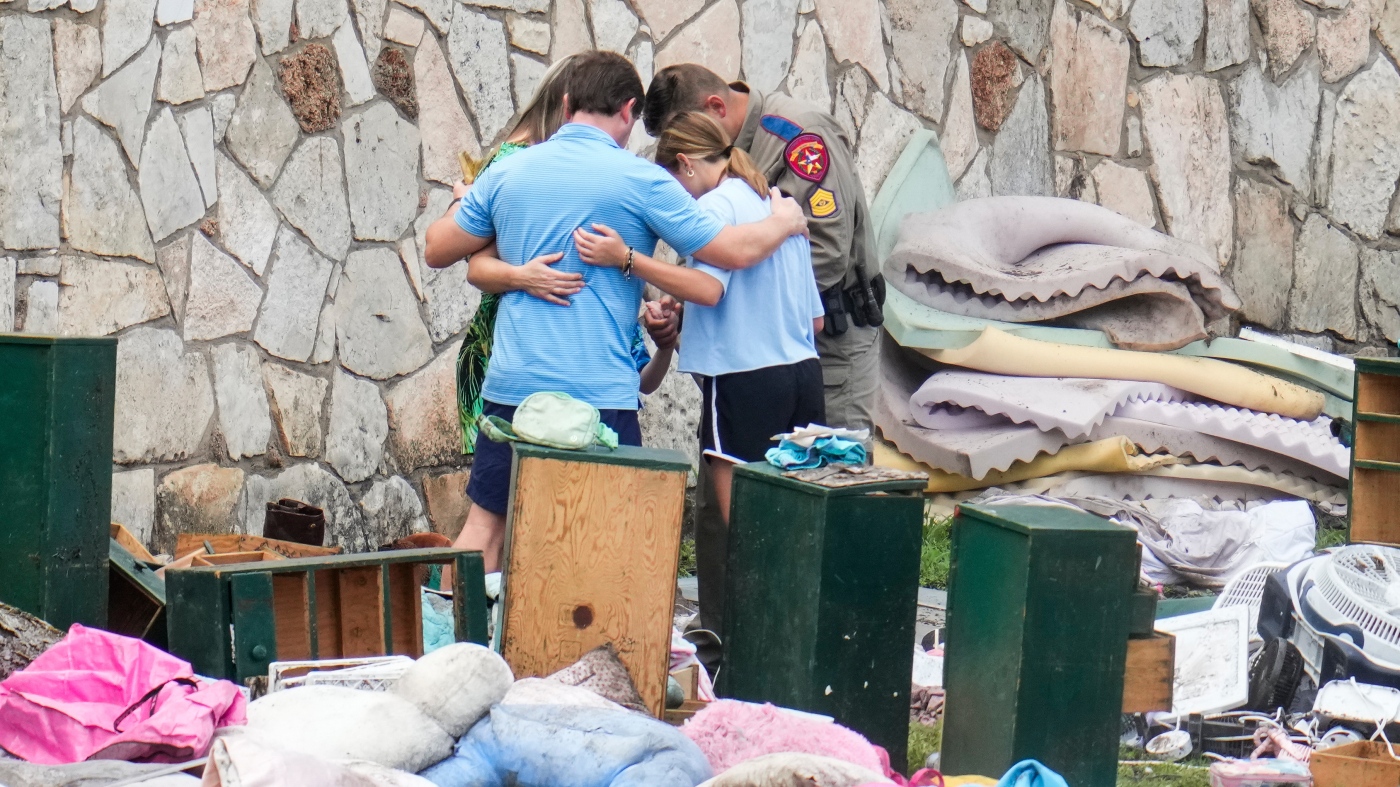Salt Lake City
AP
—
A Utah judge on Monday rejected the new congressional map drawn by Republican lawmakers, adopting an alternate proposal that creates a Democrat-leaning district ahead of the the 2026 midterm elections.
Republicans currently hold all four of Utah’s House seats and had advanced a map poised to protect them.
Judge Dianna Gibson ruled just before a midnight deadline that the Legislature’s new map “unduly favors Republicans and disfavors Democrats.”
She had ordered lawmakers to draw a map that complies with standards established by voters to ensure districts don’t deliberately favor a party, a practice known as gerrymandering.
If they failed, Gibson warned she may consider other maps submitted by plaintiffs in the lawsuit that led her to throw out Utah’s existing map.
Gibson ultimately selected a map drawn by plaintiffs, the League of Women Voters of Utah and Mormon Women for Ethical Government. It keeps Salt Lake County almost entirely within one district, instead of dividing the heavily Democratic population center among all four districts, as was the case previously.
The judge’s ruling throws a curveball for Republicans in a state where they expected a clean sweep as they’re working to add winnable seats elsewhere.
Nationally, Democrats need to net three US House seats next year to wrest control of the chamber from the GOP, which is trying to buck a historic pattern of the president’s party losing seats in the midterms.
The newly approved map gives Democrats a much stronger chance to flip a seat in a state that has not had a Democrat in Congress since early 2021.
“This is a win for every Utahn,” said state House and Senate Democrats in a joint statement. “We took an oath to serve the people of Utah, and fair representation is the truest measure of that promise.”
In August, Gibson struck down the Utah congressional map adopted after the 2020 census because the Legislature had circumvented anti-gerrymandering standards passed by voters.
The ruling thrust Utah into a national redistricting battle as President Donald Trump urged other Republican-led states to take up mid-decade redistricting to try to help the GOP retain control of the House in 2026.
Some Democratic states are considering new maps of their own, with California voters approving a map last week that gives Democrats a shot at winning five more seats. Republicans are still ahead in the redistricting fight.
Redistricting typically occurs once a decade after a census. There are no federal restrictions to redrawing districts mid-decade, but some states — more led by Democrats than Republicans — set their own limitations.
The Utah ruling gives an unexpected boost to Democrats, who have fewer opportunities to gain seats through redistricting.
If Gibson had instead approved the map drawn by lawmakers, all four districts would still lean Republican but two would have become slightly competitive for Democrats. Their proposal gambled on Republicans’ ability to protect all four seats under much slimmer margins rather than create a single-left leaning district.
The ruling came minutes before midnight on the day the state’s top election official said was the latest possible date to enact a new congressional map so county clerks would have enough time to prepare for candidate filings for the 2026 midterms.
Republicans have argued Gibson does not have legal authority to enact a map that wasn’t approved by the Legislature. State Rep. Matt MacPherson called the ruling a “gross abuse of power” and said he has opened a bill to pursue impeachment against Gibson.
Gibson said in her ruling she has an obligation to ensure a lawful map is in place by the deadline.




































